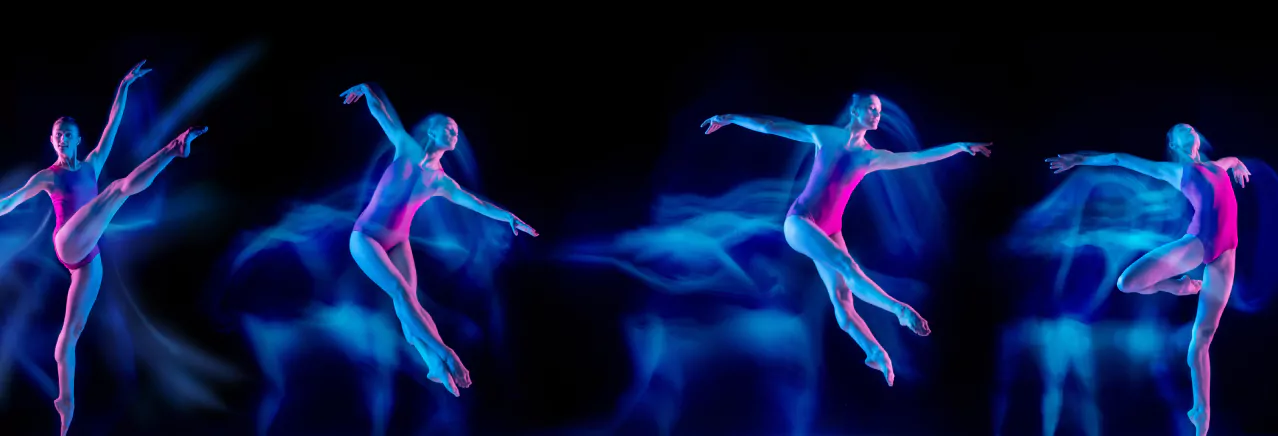
FINALISTS AND LAUREATES
Moscow Exhibition Halls Association Khodynka gallery. Supported by: KurFutureLab, EverArtWeekend
https://khodynka.art/page20465450.html
Регион:
Game junction exhibition of art video games explores the visual, conceptual and physical embodiment of a video game as an exhibition object.